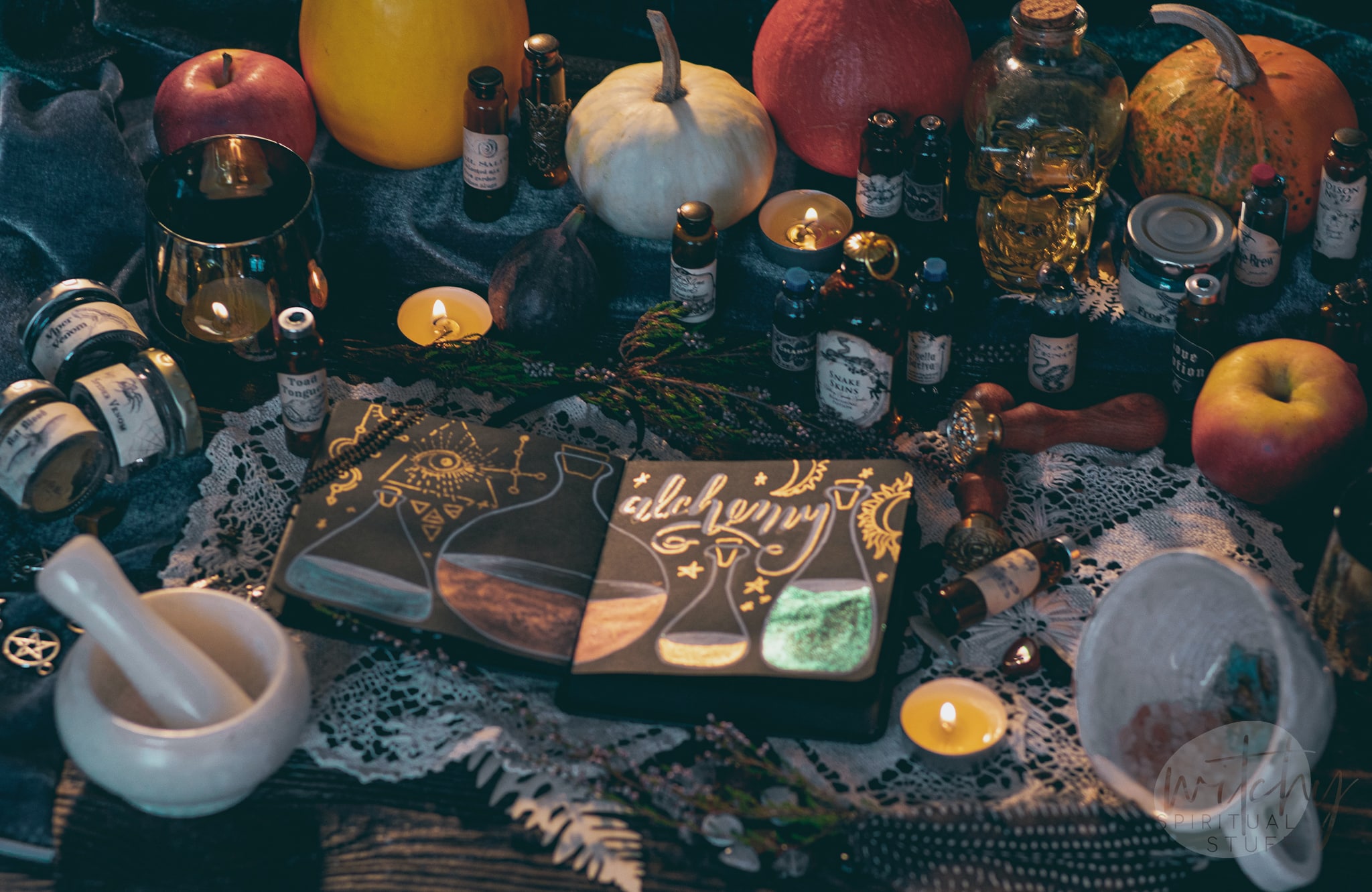
Trending Post: French Toast your kids will love
Trending Post: French Toast your kids will love
Let’s face it, most people don’t understand witches. They see a bit in movies or read some books, and they get this picture in their head of women dressed in all black, standing in a circle surrounding candles, and chanting spells.
I’m not saying that doesn’t happen, I’m just saying that’s not the norm. In fact, oddly enough, spellwork is one of the things most witches are a bit hazy on.

Most of us understand crystals, we understand the chakras, we understand pendulums, cards, manifestation, and numerology, but spellwork? Many witches just haven’t yet ventured down that path.
Well, the time has come. I’m making it my personal mission to bring a wave of spellwork back into our witchy lives.
I mean, it’s really not that difficult or confusing. We just make it seem that way because of all the fictional fanfare that accompanies it.
Casting a spell is as easy as throwing a penny into a fountain and making a wish, blowing candles out on a birthday cake, or writing something you want on a piece of paper. While these things are a sort of simplistic spellwork, they are done in the same vein as more detailed and intentional spells.

Throughout history, witches have utilized magic, aligning with the energy of the universe. They have used a variety of manifestation techniques grounded in magical practice.
To a witch, spellwork should be second nature. We should easily embrace this practice and use it on a daily basis.
Spellwork is a divination practice focusing on the belief that we are connected with the universe and can utilize its energy to manifest things of our choosing. The only requirement for spellwork is a magical intention to bring certain things forth.
Many people choose to use tools in their spellwork, such as ingredients, candles, and other elements. While these tools can be useful and add a nice touch to the ritual, they are not required for the practice.
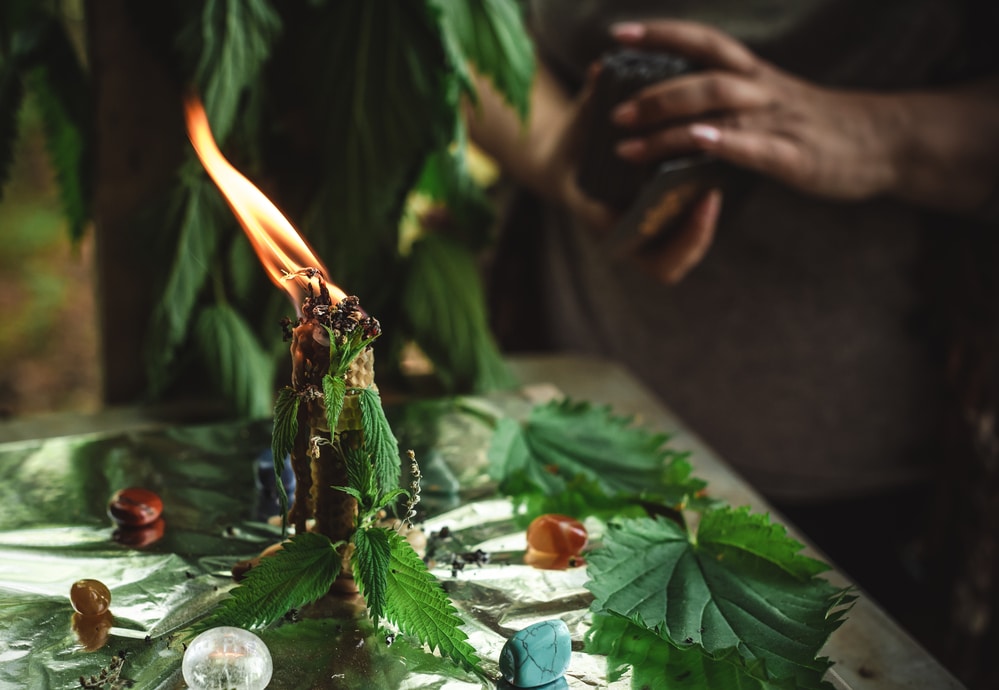
Magical intention is the heart and soul behind spellwork. In fact, while spellwork often includes spoken spells, words are not always needed.
Spells with words have their own name; incantations. However, actions performed with the intention of magic, with magical purpose as the foundation, are considered spellwork.
Thus, various objects, words, rituals, chants, dances, and actions, are spellwork when the person performing them is set on magic. On their own, these objects and activities are powerless, gaining magical energy only when the intention is set.
The spellwork that most witches are accustomed to is easy to perform. There are a handful of steps that you can take if you want to begin basic spellwork.
Conceive what you desire.

Craft what you desire.
Communicate what you desire.
Release what you desire.
Be open to receiving what you desire.
These steps are a basic template to follow as you begin crafting and performing spells.
As you prepare to perform your spell, keep in mind that you are a co-creator with the universe, using the same energy to craft what you desire. This mindset will help you connect and conspire with the universe on a regular basis.
Some people misunderstand spellwork, assuming that it is the same as a prayer. Conceiving, communicating, and openness are all parts of both prayer and spellwork.
However, prayers are a request. Those who say prayers are asking their higher power to give them something or make something happen.
On the other hand, spells are not requests. In fact, when you say a prayer, you are invoking and evoking.
Spells are a way to call out your desires, to beckon them to you. Instead of depending on a divine being to give you what you want, you are telling the universe that you’re getting what you want.
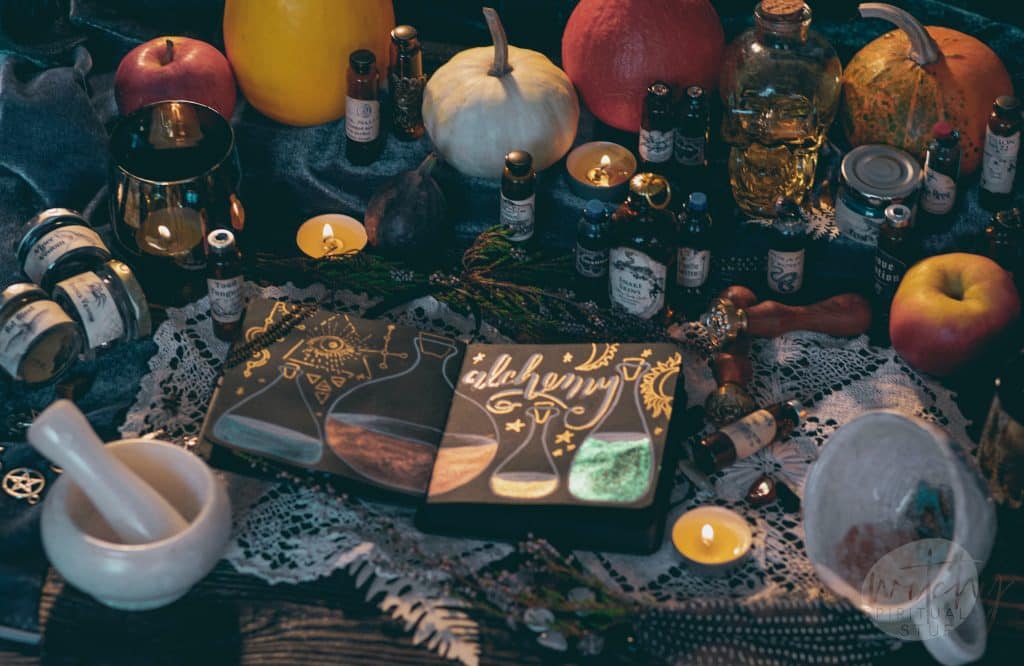
Essentially, you are saying that it will happen and you are drawing its energy into your life. You are believing that it will come to pass and even acting as if it has already happened.
Many witches claim that they believe in the power of their spells so deeply that they can actually feel what it will be like when it happens. They are able to walk in confidence and total belief, as they are already experiencing the fruit of their spell.
While no tools are necessary for spellwork, many witches choose to use them as a way to steady themselves internally and to connect with the power and energy of the universe. Certain tools can help us internalize, which focuses our intention.
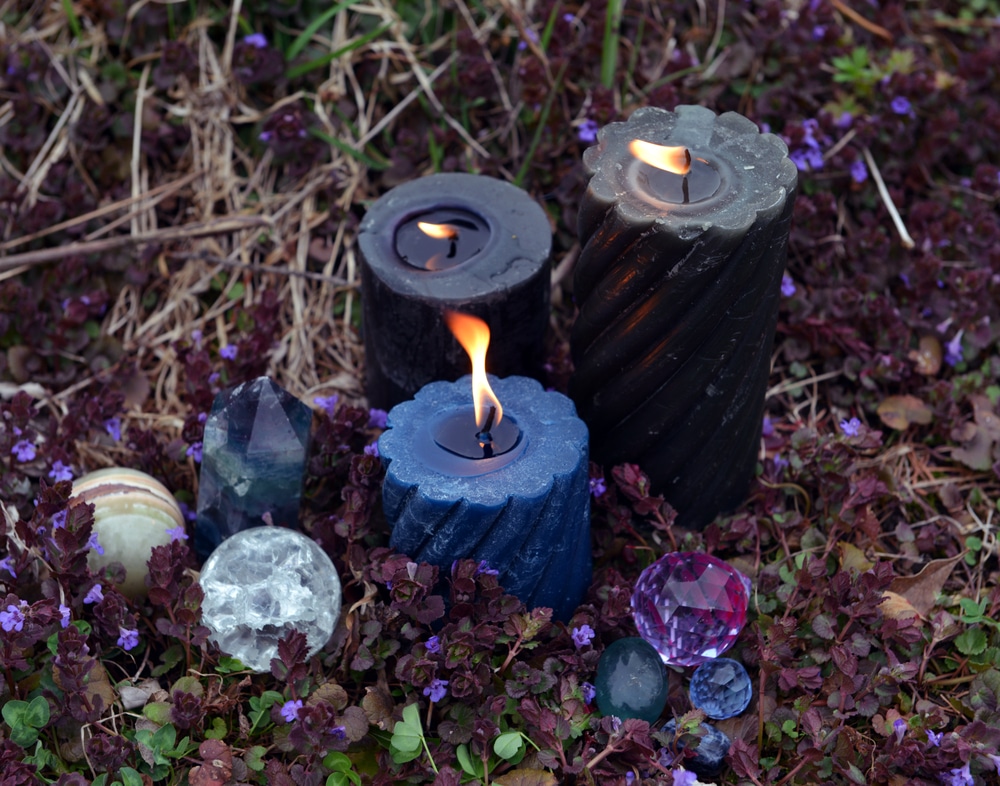
There are many useful tools for spellwork, such as altars and candles. Both of these tools have been used by witches for hundreds, if not thousands, of years.
Using an altar during spellwork can be a great idea. Altars help us focus our energy and our mind.
They are also important for arranging any other tools you may want to use in your spellwork, such as candles. Many people place their candles on their altar while performing a spell.
Building an altar is simple. Set a cloth on a flat surface and add four candles, one for each direction, in the center of the cloth.

This is a simple altar, and is really all you need for spellwork. Many witches choose to complete their altar with other elements that reflect each particular direction, and tools for a strong and impactful spell.
Altars can also be adorned with things such as feathers, matches, bowls, knives, crystals, and more. Spells will be said around the altar and other important items are placed in directional locations.
Put spells and relevant items on the altar as you cast your spell. These items and spells can remain on the altar until they have come to fruition.
While not necessary, candles are important for spellwork. They can be used directionally and should be chosen based on the color.
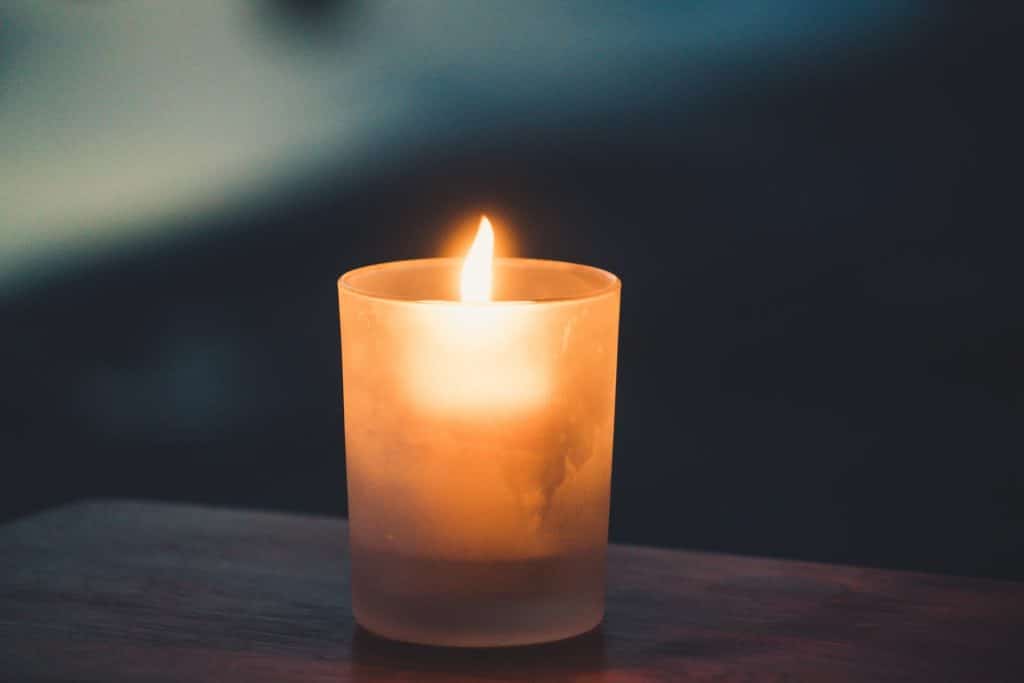
Every color has certain meanings and magical uses, which means you will want to choose the color wisely based on the intention of your spell.
The color of candles you use should represent what you are calling forth in your spell. They will simply provide a bit more intention and foundation as you perform your spellwork.

Performing spellwork is important for every witch. There may be a lot to learn, but as a witch, creating, manifesting, and evoking just comes with the territory.